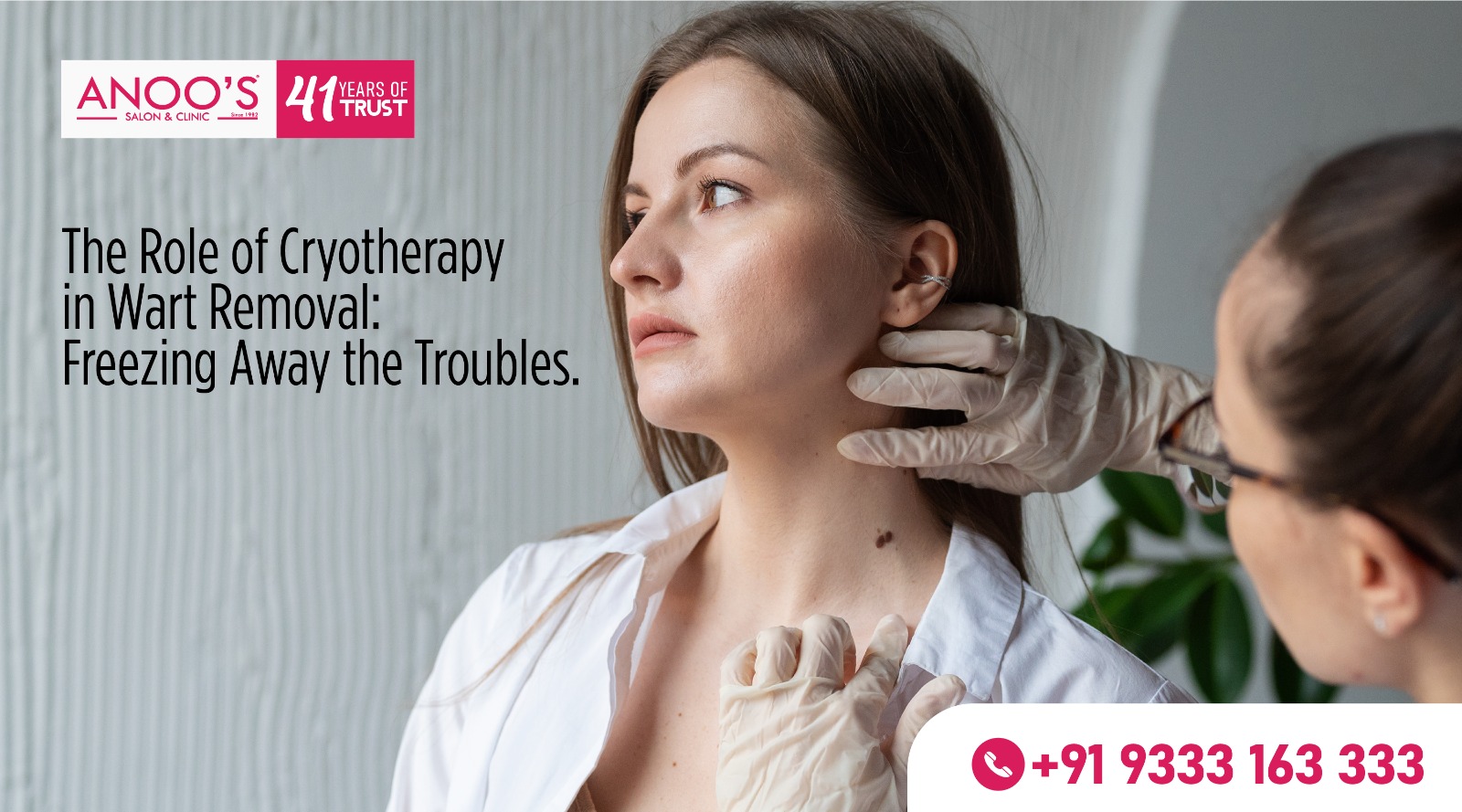
Warts can be a nuisance, affecting our confidence and causing discomfort. Thankfully, advancements in dermatological treatments have paved the way for various wart removal methods. One such effective and widely used approach is cryotherapy. Let’s dive into the role of cryotherapy in wart removal and how it can help bid farewell to these stubborn skin growths.
Understanding Cryotherapy and Its Mechanism
Cryotherapy, also known as freezing therapy, involves the use of extremely cold temperatures to eliminate warts. The procedure entails applying liquid nitrogen or another cryogenic substance directly to the wart, causing freezing and subsequent destruction of the affected tissue. The extremely cold temperature damages the cells within the wart, leading to its eventual removal.
The Benefits of Cryotherapy for Wart Removal
Effective and Efficient: Cryotherapy has proven to be a highly effective method for wart removal, particularly for common warts, plantar warts, and flat warts. It delivers quick results, with many warts disappearing after just a few sessions. The procedure’s efficiency makes it a preferred choice for both patients and dermatologists.
Minimally Invasive: Cryotherapy is a non-surgical approach, making it a relatively painless option for wart removal. Unlike other methods that may require incisions or sutures, cryotherapy involves the application of the freezing agent directly to the wart, without causing significant discomfort to the patient
Versatility: Cryotherapy can be used to treat warts in various locations, including the hands, feet, face, and genital area. This versatility makes it suitable for addressing different types of warts and accommodating individual needs.
The Cryotherapy Procedure: What to Expect
Consultation and Assessment: Prior to the cryotherapy procedure, a dermatologist will examine the wart, evaluate its size, location, and characteristics, and determine if cryotherapy is the appropriate course of treatment.
Freezing the Wart: During the procedure, the dermatologist uses a cryogenic substance, typically liquid nitrogen, to freeze the wart. The freezing agent is applied using a swab or a spray, and it may cause a slight tingling or burning sensation.
Formation of a Blister: Following the freezing, a blister may form around the wart. This is a normal response and indicates that the treatment has been successful in targeting the wart.
Healing Process: Over the next few days or weeks, the blister will gradually dry up and fall off, taking the wart with it. It is crucial to follow the dermatologist’s instructions for post-treatment care to ensure proper healing and minimize the risk of infection.
Aftercare and Precautions
Keeping the Area Clean: It is essential to maintain good hygiene and cleanliness in the treated area. Regularly clean the area with mild soap and water, and avoid picking or scratching at the healing skin.
Protecting the Treated Area: To prevent reinfection or spreading of the wart, cover the area with a bandage or protective dressing. Avoid sharing personal items such as towels or razors to minimize the risk of transmission.
Follow-up Appointments: In some cases, multiple cryotherapy sessions may be required to fully eliminate the wart. It is crucial to attend follow-up appointments as scheduled to monitor progress and make any necessary adjustments to the treatment plan.
Cryotherapy offers a reliable and efficient solution for those seeking wart removal. With its effectiveness, minimal invasiveness, and versatility, it has become a go-to option for dermatologists in treating various types of warts. If you’re struggling with warts and yearn for smooth, healthy skin, consider consulting a dermatologist at Anoo’s Skin Clinic. Say goodbye to warts and embrace a renewed sense of confidence!
Remember, it’s always best to consult a qualified dermatologist before undergoing any wart removal procedure.

